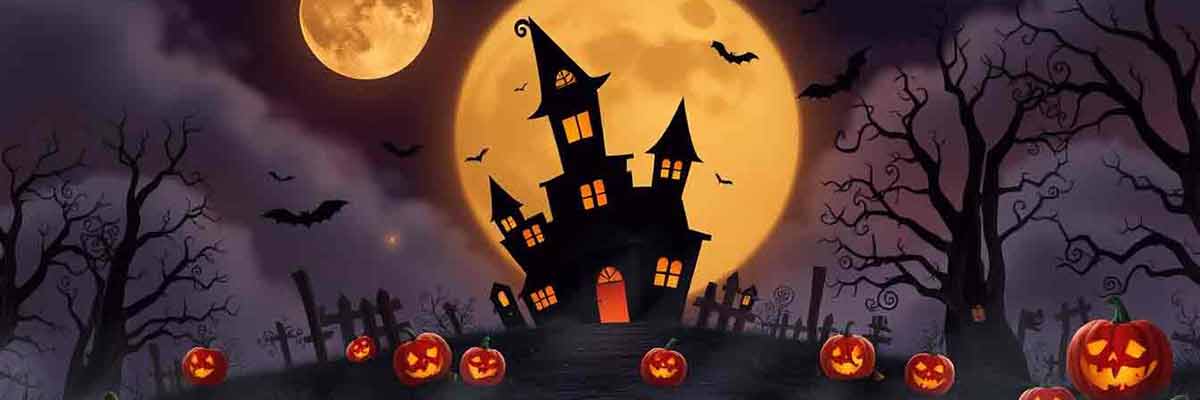
Among the key figures in Halloween’s evolution, two individuals stand out with particularly fascinating stories:
Ruth Edna Kelley (1893-1982)
Ruth Edna Kelley forever changed how we understand Halloween when she published “The Book of Hallowe’en” in 1919. As a Boston librarian with no formal historical training, Kelley’s obsession with folklore led her to create the first comprehensive academic study of the holiday’s origins.
What makes Kelley remarkable is that she wrote this groundbreaking work when she was just 26 years old, at a time when few women were published in scholarly fields. Her book traced Halloween from ancient Celtic festivals through medieval Christian adaptations to American practices, establishing the historical narrative we still reference today.
According to the Library of Congress, Kelley’s work represented a pivotal moment in documenting American folklore and holiday traditions. Her book has been digitized and preserved in their American cultural history collection, recognizing its significance in shaping our understanding of Halloween’s development (Library of Congress Folk Archives).
Cassandra Peterson (b. 1951)
Few individuals have shaped modern Halloween’s aesthetic more than Cassandra Peterson, though most people know only her alter ego: Elvira, Mistress of the Dark.
Peterson’s story is remarkable for its unlikely beginning. After surviving a devastating childhood accident (she suffered third-degree burns over 35% of her body from a pot of boiling water), she became a teenage showgirl in Las Vegas, then worked as a singing telegram performer and struggling actress before creating the Elvira character in 1981 for a local TV horror movie hosting gig.
The Smithsonian’s National Museum of American History recognizes Peterson’s Elvira character as a significant cultural icon who helped transform Halloween from a children’s holiday into an adult celebration. Their Entertainment Nation collection includes Elvira memorabilia, acknowledging her influence in popularizing Gothic aesthetics within American popular culture
Peterson’s business acumen proved as impressive as her character creation. She fought to retain rights to her character (extremely rare for performers), building Elvira into a multimillion-dollar brand with over 400 product licenses. She essentially created the template for Halloween as an adult celebration rather than just a children’s holiday, helping transform it into the $10+ billion industry it is today.
October 31st marks the eve of the Christian All Saints’ Day (November 1), but its date originated with the ancient Celtic festival of Samhain. This harvest celebration occurred as summer ended and winter began, when Celts believed the boundary between living and dead worlds thinned.
Modern trick-or-treating emerged in 1930s America as communities sought to channel Halloween mischief into structured activities. However, its roots trace to medieval “souling” (poor people requesting food for prayers) and Scottish “guising” (wearing costumes for treats), brought to America by Irish and Scottish immigrants.
Jack-o’-lanterns originated from an Irish folktale about “Stingy Jack,” who trapped the Devil and was forced to wander with only a coal in a carved turnip for light. Irish immigrants brought this tradition to America but switched to pumpkins, which were larger and more abundant.
Contrary to popular belief, no witches were burned at Salem. Of the 19 people executed, 18 were hanged and one (Giles Corey) was pressed to death with stones. European witch hunts did use burning, but American colonies typically used hanging for witchcraft convictions.
No, though they occur around the same time. Halloween (October 31) has Celtic and Christian origins focusing on warding off spirits. Day of the Dead (November 1-2) is a Mexican celebration welcoming deceased loved ones back with offerings, celebrations, and colorful imagery.
Halloween spending reached $10.6 billion in 2022, making it America’s second-largest commercial holiday after Christmas. The average person spends approximately $100 on costumes, candy, and decorations. Candy sales alone account for about $3 billion (600 million pounds of candy).